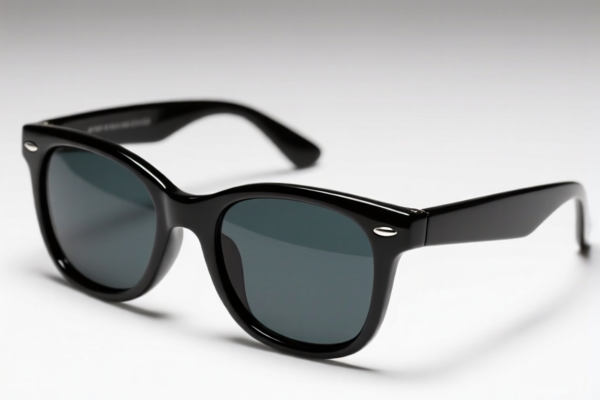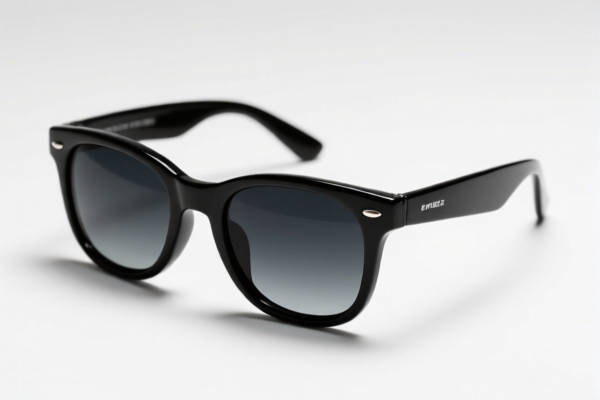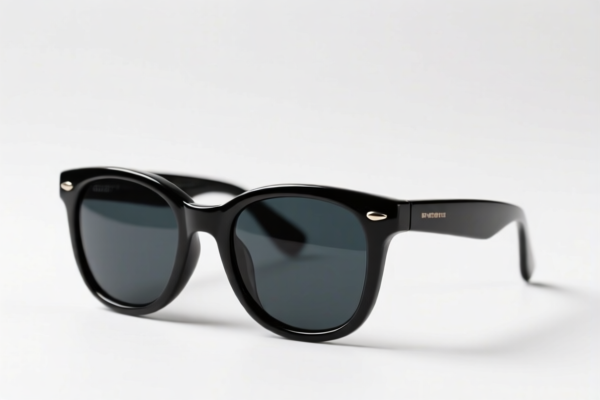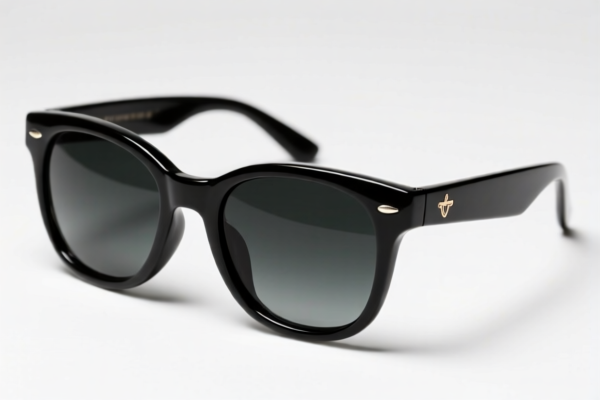| HS Code | Official Doc | Tariff Rate | Origin | Destination | Effective Date |
|---|---|---|---|---|---|
| 9004100000 | Doc | 39.5% | CN | US | 2025-05-12 |
| 9004900090 | Doc | 40.0% | CN | US | 2025-05-12 |
| 9017800000 | Doc | 60.3% | CN | US | 2025-05-12 |
| 9017208040 | Doc | 59.6% | CN | US | 2025-05-12 |
| 3924104000 | Doc | 33.4% | CN | US | 2025-05-12 |
| 3924905650 | Doc | 40.9% | CN | US | 2025-05-12 |
| 8517180050 | Doc | 30.0% | CN | US | 2025-05-12 |
| 8517690000 | Doc | 55.0% | CN | US | 2025-05-12 |
| 8542390060 | Doc | 80.0% | CN | US | 2025-05-12 |
| 8542900000 | Doc | 80.0% | CN | US | 2025-05-12 |




Smart Sunglasses
Smart sunglasses are eyewear incorporating digital and electronic features, extending the functionality of traditional sunglasses beyond vision correction and sun protection. They typically combine optical components with those of wearable computing devices.
Materials
- Frames: Commonly constructed from materials like acetate, nylon, TR90 (a thermoplastic alloy), metal alloys (stainless steel, titanium), and carbon fiber. Frame material influences durability, weight, and style.
- Lenses: Utilize polarized, photochromic, or tinted lenses, similar to conventional sunglasses. Some models feature interchangeable lenses. Lens material is typically polycarbonate or acrylic.
- Electronics Housing: Often integrated into the frame arms or bridge, constructed from plastic, metal, or a combination of materials to house the batteries, processors, and other components.
- Other Components: Bluetooth chips, microphones, speakers, touch sensors, accelerometers, gyroscopes, and occasionally cameras are incorporated.
Purpose
The primary purpose of smart sunglasses is to provide hands-free access to information and functionality, enhancing convenience and situational awareness. They aim to integrate digital experiences into everyday life without requiring users to look at a separate screen.
Function
- Audio Playback: Streaming music, podcasts, or audiobooks via Bluetooth connection to a smartphone.
- Voice Assistant Integration: Accessing voice assistants (Siri, Google Assistant, Alexa) for tasks like making calls, sending messages, setting reminders, and controlling smart home devices.
- Navigation: Providing turn-by-turn directions via audio cues.
- Communication: Making and receiving phone calls, often with bone conduction audio technology.
- Fitness Tracking: Monitoring activity levels, tracking steps, distance, and calories burned.
- Photography/Videography: Capturing photos and videos through integrated cameras.
- Augmented Reality (AR) Display: Projecting information onto the lenses, overlaying digital content onto the real world (in more advanced models).
- Health Monitoring: Some models incorporate sensors to track heart rate, UV exposure, or other biometric data.
Usage Scenarios
- Outdoor Activities: Cycling, running, hiking, skiing, and other sports, providing audio navigation, music, and communication without obstructing vision.
- Driving: Hands-free calls, navigation, and access to information.
- Everyday Commuting: Listening to music, podcasts, or audiobooks during travel.
- Professional Use: Remote assistance, field service, and training applications.
- Accessibility: Providing audio cues and information for visually impaired individuals.
Common Types
- Audio Sunglasses: Focus primarily on audio playback and hands-free calling. Often feature open-ear designs. (e.g., Bose Frames, Amazon Echo Frames)
- Navigation Sunglasses: Designed specifically for providing turn-by-turn directions. (e.g., North Focus)
- Camera Sunglasses: Incorporate cameras for capturing photos and videos.
- Augmented Reality (AR) Sunglasses: Project digital information onto the lenses, providing an immersive AR experience. (e.g., Vuzix Blade, Ray-Ban Meta Smart Glasses)
- Sports Sunglasses: Rugged designs with features tailored for specific sports activities.
- Bone Conduction Sunglasses: Transmit audio through the bones of the skull, leaving ears open for situational awareness.
Smart sunglasses fall under the category of spectacles, goggles, and similar items, potentially with corrective, protective, or other functions. Here's a breakdown of relevant HS codes based on the provided information:
-
9004.10.0000: This HS code covers sunglasses specifically.
- 90: Chapter 90 refers to optical, photographic, cinematographic, measuring, checking, precision, medical or surgical instruments and apparatus; parts and accessories thereof.
- 04: Heading 04 specifies spectacles, goggles and the like, corrective, protective or other.
- 10: Subheading 10 further defines sunglasses.
- Tax Details: Basic tariff is 2.0%, additional tariff is 7.5%, and after April 2, 2025, the additional tariff increases to 30%. Total tariff is 39.5%.
-
9004.90.0090: This HS code covers "Other" spectacles, goggles, and similar items.
- 90: Chapter 90 – Optical, photographic, cinematographic, measuring, checking, precision, medical or surgical instruments and apparatus; parts and accessories thereof.
- 04: Heading 04 – Spectacles, goggles and the like, corrective, protective or other.
- 90: Subheading 90 covers other items within this category.
- Tax Details: Basic tariff is 2.5%, additional tariff is 7.5%, and after April 2, 2025, the additional tariff increases to 30%. Total tariff is 40.0%.
It is important to note that if the smart sunglasses incorporate electronic components for data transmission or other advanced functions, they might also fall under other HS codes, such as those related to electronic devices (e.g., 8517 for telephones or 8542 for integrated circuits), depending on their specific features. However, based solely on the description "smart sunglasses," the above two HS codes are the most relevant options.
Customer Reviews
No reviews yet.